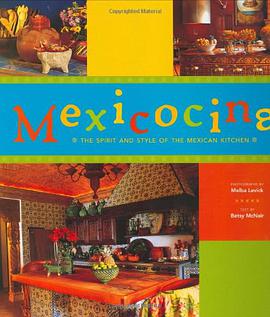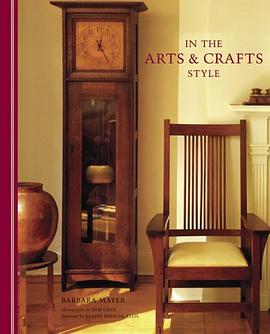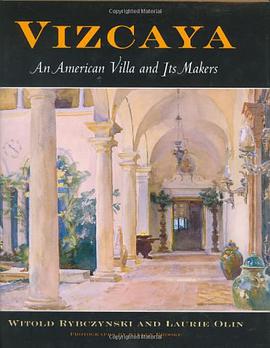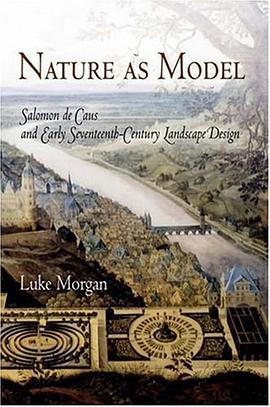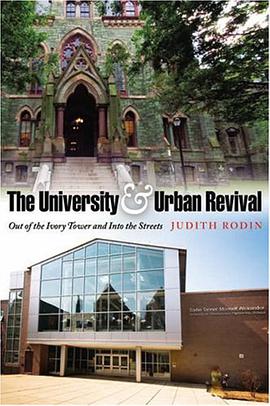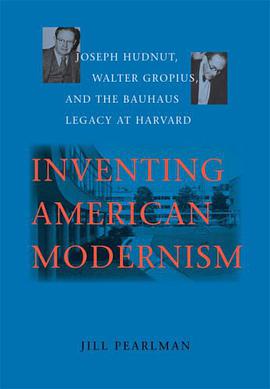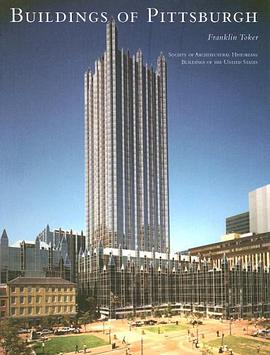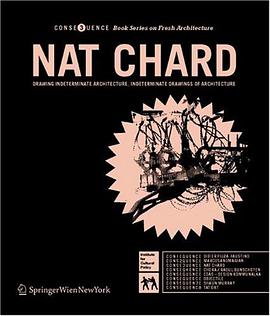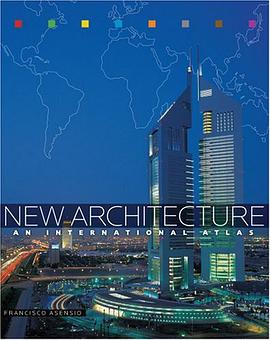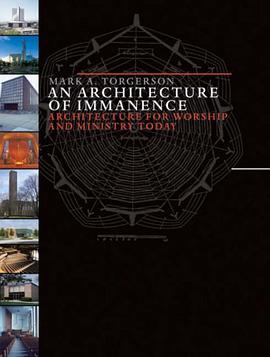

Baroque, Gothic, Romanesque, Greek: these traditional architectural styles are easily recognizable in public buildings and especially in houses of worship. Each has a particular influence on sacred space, and all tend to highlight the utter transcendence of God. In "An Architecture of Immanence", Mark Torgerson asserts that modern architecture has heavily influenced the construction of new sacred spaces, producing a new way of building that emphasizes God's coming near to us. Torgerson begins by discussing a proper understanding of God's transcendence and immanence and showing how church architecture has traditionally interpreted these key concepts. He, then, traces the theological roots of immanence's priority from liberal theology and liturgical innovation to modern architecture. Next, Torgerson illustrates this new architecture of immanence through particular practitioners, focusing especially on the work of theologically savvy architect Edward Anders Sovik. Finally, he addresses the future of church architecture as congregations are buffeted by the twin forces of liturgical change and postmodernism. A celebration and exploration of the modern conception of sacred space, "An Architecture of Immanence" will interest architects, liturgists, and all Christians who seek to read the sacred spaces of the recent past.
具体描述
读后感
评分
评分
评分
评分
用户评价
相关图书
本站所有内容均为互联网搜索引擎提供的公开搜索信息,本站不存储任何数据与内容,任何内容与数据均与本站无关,如有需要请联系相关搜索引擎包括但不限于百度,google,bing,sogou 等
© 2025 book.wenda123.org All Rights Reserved. 图书目录大全 版权所有

